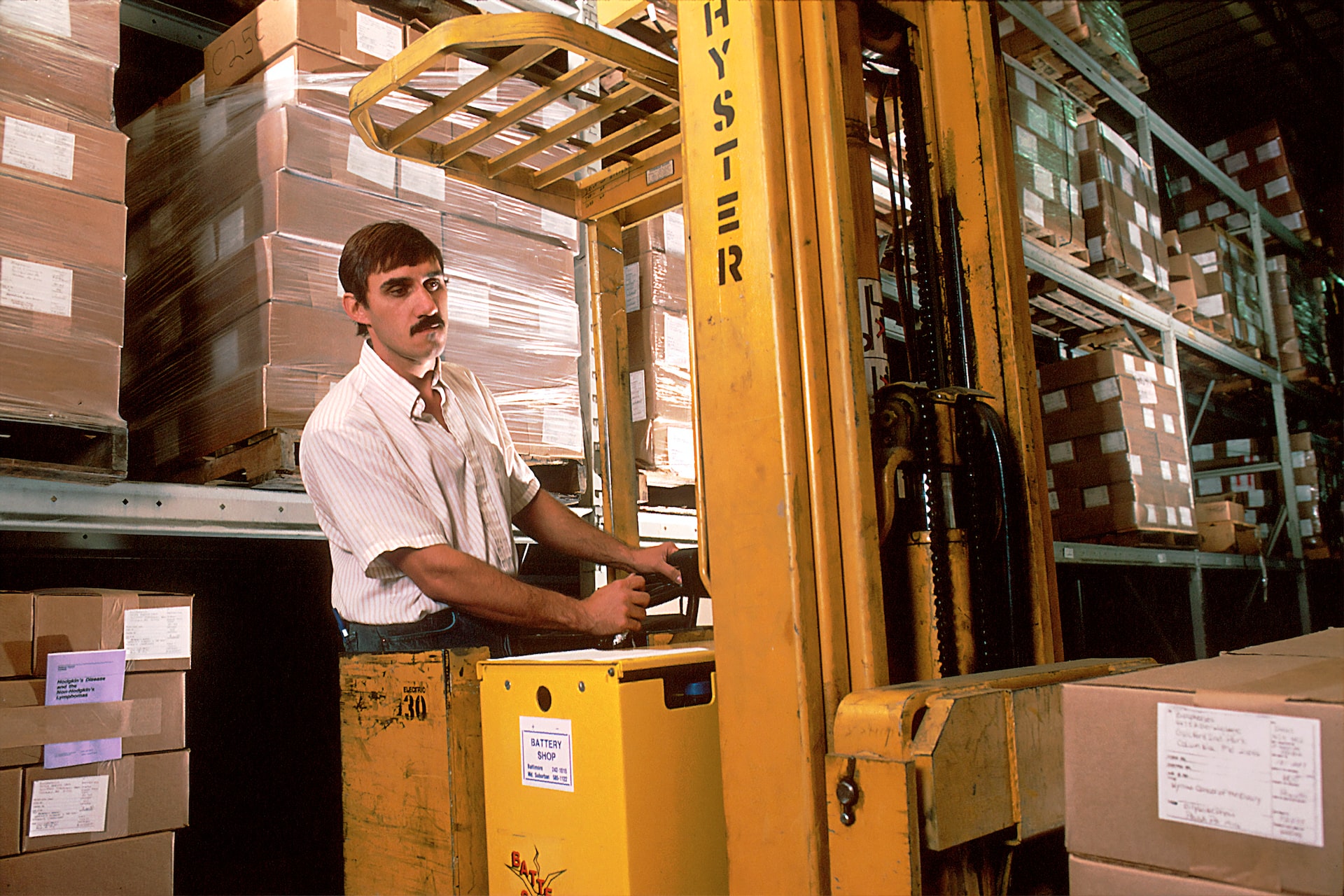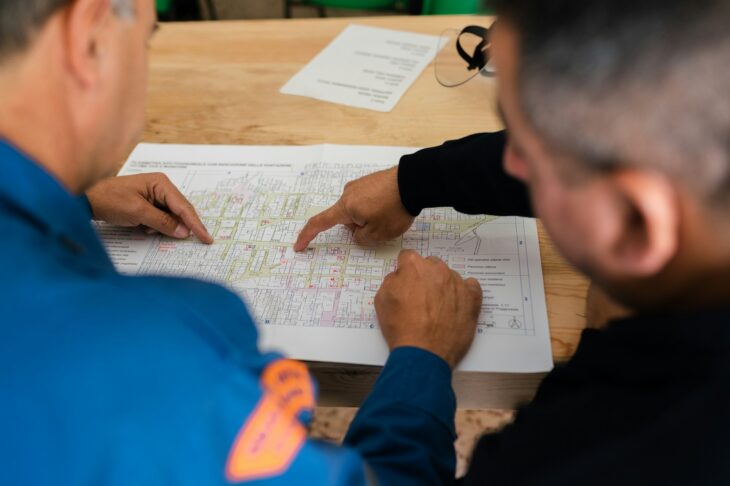
The 5 Forklift Buying Mistakes That Could Break Your Budget
Think buying a forklift is straightforward? It’s not. One wrong move can cost thousands, lock you into the wrong equipment for years, or seriously slow down operations. Most people focus only on the upfront cost. That’s exactly why so many get it wrong.
Here’s the truth. Forklifts are long-term assets. Choose poorly and you don’t just waste money, you create a chain reaction of inefficiency, downtime, and extra costs. Whether you’re buying your first one or expanding your fleet, the risks are real.
Let’s break down the most common (and costly) mistakes so you don’t fall into the same traps.
Mistake 1: Prioritising Price Over Fit
Cheaper is rarely better when it comes to forklifts. The price tag might look appealing, but what really matters is how the forklift performs in your environment. So, when you buy a forklift in Melbourne, you need to look beyond the figure on your screen. To do this, you can ask yourself some key questions.
Does it have the right lift capacity for your loads?
Is it sized correctly for your aisles?
Can it handle your type of flooring or terrain?
A budget model might not last under heavy use, or it might lack the features you need for safety or efficiency. Too many businesses end up paying more later through repairs, lost productivity, or needing to replace the unit entirely.
Cutting corners up front can bleed your budget dry long-term.
Mistake 2: Ignoring Total Cost of Ownership
That initial purchase price is just the beginning. Fuel, servicing, maintenance, parts, operator training, and downtime all add up. Focusing only on the sticker price is like buying a car and forgetting it needs petrol, insurance, and servicing.
A forklift that costs more upfront might actually be cheaper over its life if it’s more efficient, more durable, or needs less frequent servicing.
Don’t just ask “what does it cost?” Ask “what will it cost me over the next 5 years?”
Mistake 3: Buying Without a Clear Use Case
Buying a forklift without defining exactly how it’ll be used is a shortcut to regret. It sounds obvious, but many buyers skip this step. They buy based on what looks good or what someone else recommended, not based on actual operational needs.
You need clarity on:
- What you’ll be lifting (weight and dimensions)
- Where it’ll be operating (indoor, outdoor, rough terrain, tight spaces)
- How often it’ll be used (occasional or heavy-duty daily work)
- Who will be operating it (experience level, certifications)
Without a clear use case, you might end up with a forklift that’s either underpowered or totally overkill. Both are a waste of money.
Mistake 4: Overlooking Operator Needs
It’s not just about the machine. It’s about the people who’ll be using it every day.
A forklift that looks great on paper might be a nightmare for the operator. Poor visibility, uncomfortable seating, confusing controls, or difficult handling can lead to slower work, more mistakes, and even safety issues.
And if your team doesn’t like it, they might avoid using it altogether.
Make sure the people who’ll be driving the forklift are part of the process. Let them test it out. Get their feedback. An operator-friendly forklift can improve productivity and reduce accident risks.
Mistake 5: Skipping the Inspection on Used Models
Used forklifts can be great value, but only if you do your homework. Buying second-hand without a proper inspection is like buying a car with the bonnet welded shut.
Here’s what often gets missed:
- Hidden damage – especially stress fractures, hydraulic leaks, or rust in key components
- Service history gaps – no record of regular maintenance is a red flag
- Worn tyres and forks – these wear down fast and can be expensive to replace
- Battery condition – for electric models, battery health is critical, and replacement costs can be brutal
Even if it looks fine at first glance, internal issues can turn your “bargain” into a money pit. Always get a trusted mechanic or technician to inspect it properly. Don’t rely on guesswork or a quick test drive.
How to Get It Right
Avoiding these mistakes isn’t about spending more money. It’s about spending smarter. Think of your forklift as a tool that has to match the job, the space, and the people using it.
Start by mapping out exactly what you need. Don’t rush the process. Be clear on specs, capacity, usage, and environment. And bring in your operators early.
Always look beyond the sticker price. Think long-term. A well-chosen forklift lasts years, boosts efficiency, and saves you money day after day.
Make the Smart Buy, Not the Fast One
There’s no quick fix when it comes to buying the right forklift. And that’s the point. Rushing the process or cutting corners can lead to years of unnecessary costs and performance issues.
Take your time. Ask the right questions. Put in the work now so you don’t have to pay for it later.
Smart decisions now keep your operations moving and your budget intact.

